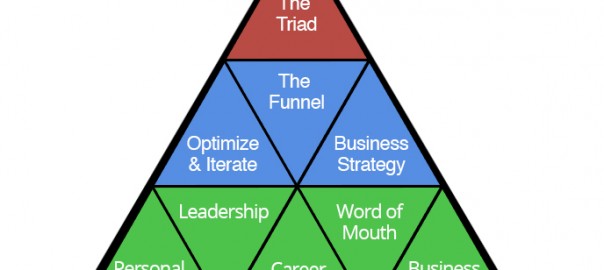I charge a premium for consulting. Clients pay for your years of experience, not how many minutes you spent on an issue. If you were to compare a jet aircraft versus a Greyhound bus, you might conclude the cross-country trip of 3 days and 2 hours (74 hours) is a great deal for $ 289. That’s only $ 3.91 per hour.
United has this trip for $ 213 and the trip takes 5 hours and 6 minutes non-stop. That’s $ 41.76 per hour, which is 10 times as much. But unless you really want to see America’s highways and truck stops, I’ll bet you prefer the direct flight. It’s cheaper, too.
Stephen Curry, NBA MVP this season, made $ 10,629,213 last year. Over 82 regular season games (not counting playoffs and not counting endorsement earnings), that’s $ 129,622 per game. At 32.7 minutes per game, that’s $ 3,964 per minute.
If the Warriors hired me for $ 3,964 per hour— I’d be a heck of a deal, right?
So consider your fee relative to your value, not how much time you spend. Otherwise, you have an incentive to take longer, so you can charge more.
Secret knowledge hidden in plain sight
Many folks have criticized me for openly sharing digital marketing techniques in blog posts instead of charging. I’m not Steph Curry– nobody is going to pay $ 120 to wear a jersey with my name on it.
But I can tell you where the value is comes from knowing which technique to use in their particular situation. You can buy a toolbox of hammers, pliers and nails for cheap. But the carpenter is not– and the architect is an order of magnitude more than that.
Knowing what hammer to use is more valuable than having the hammer. The blueprint is more valuable than the technique.
If you put your techniques on public display, then others can see for themselves if they work. So ironically, the more you share your knowledge (assuming it’s provably good), the more you’re worth. The blueprint is something you design for a client’s unique situation– and they pay you for the know-how, not the cost of the drafting paper.
Emeric Ernoult is a long time “builder”, and shared his thoughts with us:
In today’s crowded and noisy world, there is only one way to make it. It is to stand out because what people see from you is unique, helpful and insightful. It is to be recognized as an expert in your niche.
It takes an awful lot of time to build, it’s very difficult and not everybody can do it but that’s why those who can will win!
Being a recognized expert requires 4 key component which are all very hard to do:
- Strengthen your practicing a lot. You can only become an expert if you are a practitioner (Jon Loomer is a great example for that matter)
- Love that thing you want to be known for (you’re gonna do a LOT of it, better love it!)
- Make sure you document what you do and learn and share it with others (blog, tweet, go to conferences, don’t keep your learning for yourself)
- Be patient. It will take time. But it will pay off, eventually
Back to basketball– if TV cameras didn’t exist, NBA-type salaries wouldn’t be possible.
The biggest audience you could get is however many people could fit in a stadium physically.

Electronic media creates a bigger stage and greater demand.
And likewise, in the digital arena (or whatever you do professionally), the fact that anyone can find and more easily consume your content means that you can more easily extract your true worth.
If you want to take it to the next level, you distill your knowledge into a set of rules that a computer can follow. That’s called software– and it’s the automation of things that you’d otherwise do manually if you had the time and know-how. Passive income and SaaS (Software as a Service) models depend upon knowledge built into a recurring revenue model.
The consultant is now replaced by an intelligent tool– self-driving cars, humanless factories, and social media management software. Have you considered systematizing your knowledge into software or even a franchisable way of operations?
Consider if you could have a thousand Steph Curries running around. I guess I’d settle for a million George Foreman’s– plenty of royalties there.
So are you charging by the hour or by your expertise? Are you selling time or selling value?
I hope I don’t see you on Greyhound any time soon. Preferably in the Admirals Club at a major airport.
If you’ve gotten this far, you probably know I’m explaining another angle of the triangle called CCS (content > checklist > software).
It’s one of the 9 triangles that under-gird all I know– specifically that great content is borne of direct execution and that this execution can be packaged into automatable checklists, which become software.

The content producers are working by the hour in a world that is driving content cost down to zero– the best guys don’t charge, so what is your fee?
The checklist people are smart consultants who use process to scale their agencies and produce machines at low cost– let Big Blue do your marketing, too.
But the winners of the game are the captains of software, since they sell the blueprints to the robot makers for maximum leverage.
A parable for you on how to go from worker bee to the Queen.
(283)
Report Post




